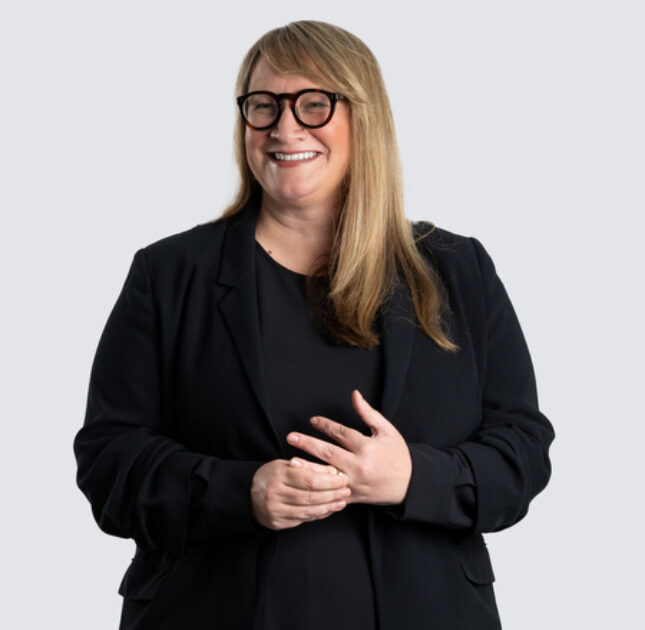How to apply for continuing healthcare
“How do I apply for Continuing Healthcare?” is a question we get all too often here at Hugh James. Applying for Continuing Healthcare funding can be a confusing and even daunting process. However, with the right guidance and insight, it doesn’t have to be.
Just to give you a general outline of the process, however, here’s how to apply for continuing healthcare:
Checklist assessment – A doctor, nurse, social worker, or healthcare professional will complete a checklist assessment on your behalf to establish whether you require a full assessment. You’ll be provided a copy of this checklist, which will include the reasons for the decisions taken following the assessment.
DST – Once you pass the checklist assessment, Decision Support Tool form will be completed to establish whether your healthcare needs qualify for NHS Continuing Healthcare funding. The DST is designed to assess your needs in 12 unique care domains, some of which include: nutrition, behaviour, mobility, and cognition. You will be provided a specific level of need in each respective domain, which ranges from ‘no needs’ to ‘priority’.
The Continuing Healthcare (CHC) Funding checklist assessment is meant as a screening tool with a generally low eligibility bar to satisfy, thus, helping qualifying individuals get the funding they need.
Once you pass the checklist assessment, you’ll be referred to a full multi-disciplinary assessment which completes the DST document, as mentioned earlier. To pass the checklist, you must either have 1 A in a domain marked with an * such as behaviour, 2 or more A’s, 1 A and 4 Bs, or a total of 5 Bs within the 12 areas of consideration.
Applying for CHC funding
On the subject of applying for CHC funding, it’s important to be familiar with the steps of the process:
The first step involves completing an assessment where a team of healthcare professionals, social care professionals, nurses, or doctors will assess your health needs. The assessment typically includes:
- A checklist to establish whether you will be completing the DST document or not
- And, if you do, the DST will assess your needs across 12 unique domains
Next, the team will determine if you have a primary health need; eligibility is based on the fact that the majority of your care needs revolve around preventing or dealing with existing health needs.
If you have been self-funding care in the past but are now eligible for CHC funding, you may approach the ICB (local integrated care board) to backdate your payment.
Once you receive a funding offer, you must carefully review it to ensure that it is reasonable and meets all your funding needs. It is best to work with a solicitor who can thoroughly scrutinise the offer to ensure that you are getting the full funding that you are eligible for.
Apply for NHS continuing healthcare
Just to quickly reiterate some of the points and steps we covered earlier:
- Get in touch with a doctor/GP, nurse, or social worker to arrange a needs assessment
- Take part in the assessment process where your views will be taken into consideration
- Wait for the eligibility decision
The 2-stage assessment process includes:
- A screening tool which determines whether you need to complete the DST document
- The DST which looks at care needs across 12 specific domains
To qualify for continuing care, keep the following in mind:
- Your needs must qualify as ‘primary health needs’
In case you do not meet the eligibility criteria for NHS CHC, you can contact the local council who will discuss the support options available to you.



